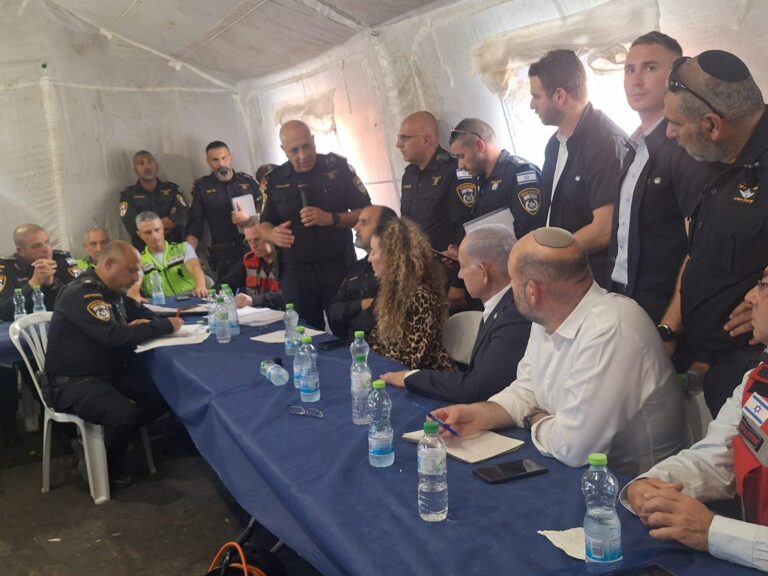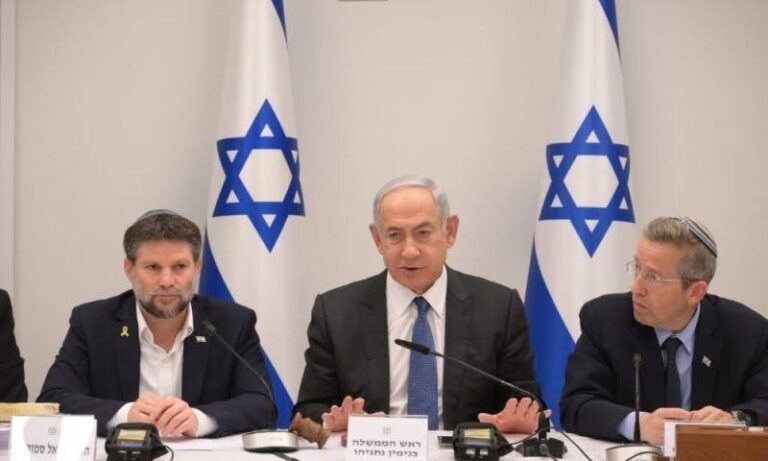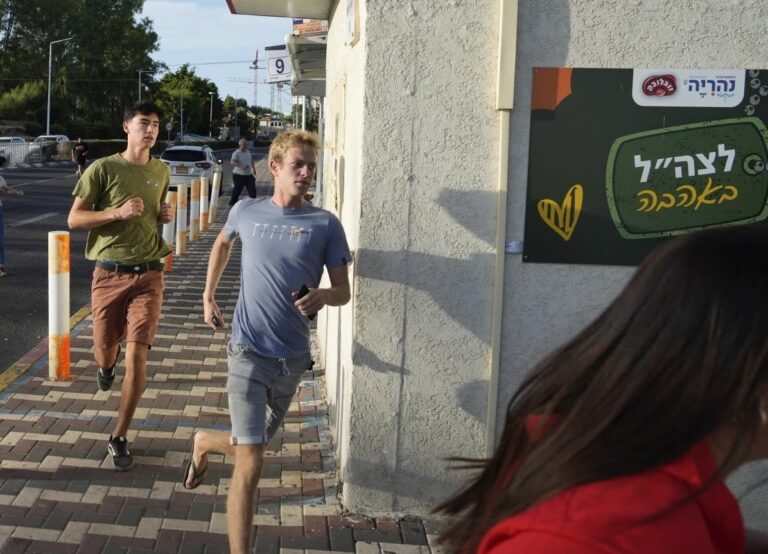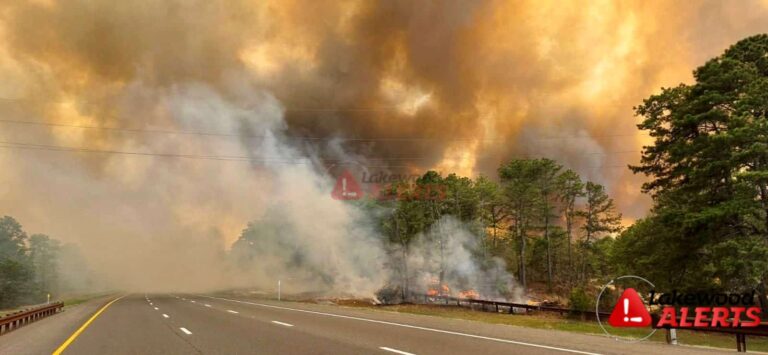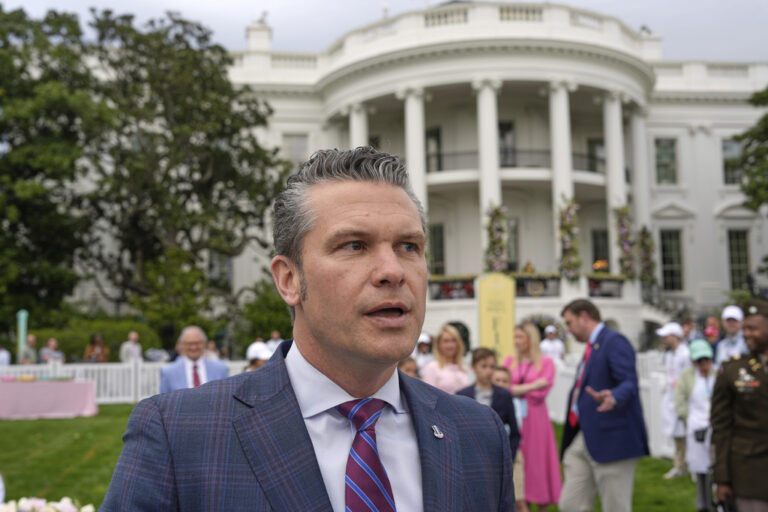Iran acquired five new commercial aircraft on Sunday, a day before the U.S. begins restoring sanctions that had been lifted under the 2015 nuclear accord with world powers.
The arrival of the ATR72-600 airplanes at Tehran’s Mehrabad International Airport represented perhaps the last benefits Iran will see under the nuclear deal after President Donald Trump withdrew from it in May. Economic woes are sparking sporadic, leaderless protests across the country.
The rhetoric between the U.S. and Iran remains heated, despite Trump tweeting last week that he would be willing to meet with Iranian President Hassan Rouhani. Iran’s powerful Revolutionary Guard on Sunday acknowledged conducting recent naval exercises near the crucial Strait of Hormuz after renewing threats to cut off the waterway to oil traders.
Iran’s state-run IRNA news agency reported the arrival of the five ATR72-600 airplanes, which are twin-engine turboprops used for short-distance regional flights. Their arrival means state carrier Iran Air has received 13 of the 20 it ordered from the French-Italian manufacturer in April 2017. The deal had a list value of $536 million, though buyers and manufacturers typically negotiate lower prices.
ATR, jointly owned by European consortium Airbus and Italy’s Leonardo, has been pushing U.S. officials to allow it to finish its delivery of aircraft to Iran. The U.S. Treasury must approve the sale of airplanes whose components are at least 10 percent American-made, like the AT72-600.
The Toulouse, France-based firm did not immediately respond to a request for comment.
The nuclear deal lifted international sanctions in return for Iran limiting its nuclear program and allowing regular inspections. U.N. inspectors said Iran was complying with the deal, but Trump felt the agreement did not go far enough. He has called for a new accord that would include a radical transformation of Iran’s policies, including its military support for the Syrian government and regional militant groups, two issues not covered by the 2015 deal.
Iran “has treated its people very poorly, and that’s led to terror. They’re the world’s largest state sponsor of terror. That’s what America is trying to get Iran to stop doing. That’s the behavioral change that we’re looking for from the Iranian regime,” Secretary of State Mike Pompeo told Metro TV in Jakarta.
“The president has always said he is prepared to talk, but it’s important that Iran has to be committed to changing its ways in order for those discussions to prove of any value,” he added.
Trump himself was more blunt in a tweet he posted Saturday, writing: “Iran, and it’s economy, is going very bad, and fast! I will meet, or not meet, it doesn’t matter – it is up to them!”
Iran had hoped the lifting of sanctions would allow it to replace its aging commercial airline fleet, but the U.S. withdrawal has halted billion-dollar deals struck with Airbus and Boeing. European countries, along with Russia and China, remain committed to the nuclear deal, but European companies are unlikely to risk U.S. sanctions to do business with Iran.
Iran’s economy has rapidly deteriorated in recent months due in part to uncertainty over the atomic accord, fueling protests. The Iranian rial has fallen to 99,000 to the U.S. dollar despite a government-imposed rate of 44,000.
In recent days, protests have broken out in several cities, with at least one person shot and killed. Some protesters have shouted “Mullahs get lost!” and “Death to the dictator!” the semi-official Fars news agency has reported.
U.S. sanctions targeting Iranian trade in automobiles, gold and other key metals will be re-imposed on Monday, while sanctions targeting the country’s energy and banking sector will resume Nov. 4. The sanctions targeting Iran’s oil industry could cut off a crucial source of hard currency.
The U.S. has been pushing its allies to halt their import of Iranian oil ahead of the November deadline. Among the top importers of Iranian oil are China, India, Turkey and South Korea.
Rouhani has suggested Iran might block the Strait of Hormuz in response to a shutdown of its oil exports. The strait at the mouth of the Persian Gulf is crucial to global energy supplies as about a third of all oil traded at sea passes through it.
Iran’s navy and its paramilitary Revolutionary Guard routinely conduct seaborne exercises in the Gulf and the strait. U.S. officials last week said Iran carried out a similar exercise, though Tehran did not immediately acknowledge it.
On Sunday, the semi-official Tasnim news agency quoted Guard spokesman Gen. Ramezan Sharif confirming that its forces held a military drill in the Persian Gulf and the strait. He said the exercise, which he described as an annual drill, was aimed at maintaining the security of the international waterway. He did not elaborate.
(AP)





